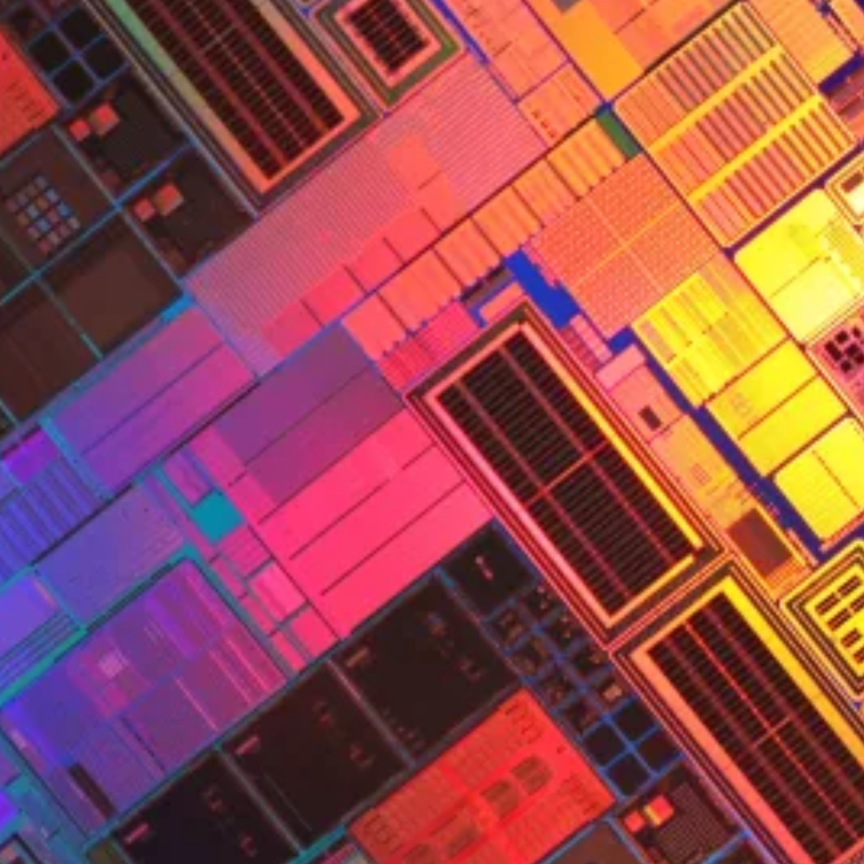The US Commerce Department’s Bureau of Industry and Security (BIS) has established new export controls on certain advanced semiconductor technologies.
The technologies include gallium oxide (Ga2O3) and diamond, two substrates of ultra-wide bandgap semiconductors, as well as electronic computer-aided design (ECAD) software specially designed for the development of complex integrated circuits.
BIS ruled last week that the technologies meet the criteria for emerging and foundational technologies under Section 1758 of the Export Control Reform Act (ECRA), and are essential to the national security of the United States.
It was additionally announced that pressure gain combustion (PGC) technology, which enables gas turbine engines to operate more efficiently and robustly, would also be controlled.
The newly controlled technologies:
-
Gallium Oxide and diamond are materials that allow semiconductors featuring them to work under more severe conditions, such as at higher voltages or higher temperatures. According to BIS, devices that utilise these materials have significantly increased military potential.
-
ECAD is a category of software tools used for designing, analysing, optimising, and validating the performance of integrated circuits or printed circuit boards. It is used in a variety of applications by the military and aerospace/defence industries for designing complex integrated circuits with Gate-All-Around Field-Effect Transistor (GAAFET) structure – key to scaling 3nm and below technology nodes. GAAFET technologies enable faster, more energy efficient and more radiation-tolerant integrated circuits that can advance many commercial as well as military applications including defence and communications satellites.
-
PGC technology has extensive potential for terrestrial and aerospace applications, including rockets and hypersonic systems.
"Technological advancements that allow technologies like semiconductors and engines to operate faster, more efficiently, longer, and in more severe conditions can be game changers in both the commercial and military context," said Under Secretary of Commerce for Industry and Security Alan Estevez. "When we recognise the risks as well as the benefits, and act in concert with our international partners, we can ensure that our shared security objectives are met, innovation is supported, and companies across the globe operate on a level playing field."
"Global commerce is driven by innovation – new ideas, and novel ways to apply old ones. BIS is vigilant in assessing the development of new technology and whether it may be used for civil and military purposes," added Thea D. Rozman Kendler, Assistant Secretary of Commerce for Export Administration. "We are protecting the four technologies…from nefarious end use by applying controls through a multilateral regime. This rule demonstrates our continued commitment to imposing export controls together with our international partners. Export controls are most effective when multilaterally imposed."
Long term impact on Chinese semiconductor advancement
While analysts told Chinese media group Caixin that the new restrictions will have little immediate effect on Chinese chipmaking, they could potentially throttle the nation’s research into the next generation of advanced semiconductors.
"While they do not mention China by name, the new rules are seen as the latest in a string of measures by which Washington is trying to constrain the country's push to develop its semiconductor industry, which Beijing sees as a strategic priority," write Caixin authors Guo Yingzhe and Liu Peilin. “The export restrictions won’t have an immediate impact on the business of China’s chipmakers and designers, as no mainland firms are currently capable of designing or producing such advanced chips."
Xiong Jun, an analyst at Guolian Securities Co. Ltd, told Caixin that Washington’s move will likely limit mainland chip designers from eventually making breakthroughs in 3nm and below technology. "Those companies’ research and development will be slowed," he confirmed.
Related article: Chipmakers look to EUV lithography’s next generation

